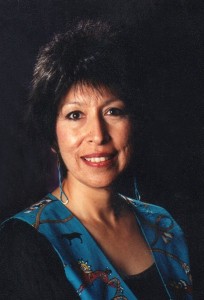
In the 1970s, women activists across the nation experienced growing dissatisfaction. As participants in the civil rights and antiwar movements, they had learned to question the status quo. Nevertheless, many of these women felt as if their own concerns—from unequal pay to sexual harassment to the lack of recognition for women’s contributions to social movements—went unnoticed. Eager to challenge gender discrimination, these women formed groups that would become the bedrock of Second Wave Feminism. In Missoula, Montana, one such group blended activism and scholarship to create the University of Montana’s Women’s Studies Program.
It began after a 1974 symposium on women, featuring speakers from various university departments, when English professor Carolyn Wheeler circulated a handwritten memo to other women faculty members, asking if they would teach a class focused on women. History professor Maxine Van de Wetering initially resisted the idea, saying she “couldn’t even imagine what that would be.” However, according to Wheeler, Van de Wetering quickly changed her mind when “she just started thinking what it could mean to . . . history.”
The response from other faculty members was electric. Joan Watson, a liberal studies professor and later director of the Women’s Studies Program, observed: “The contributions of women have been hidden from history . . . women, like people of color, have been largely absent from the texts we study.” For many students, correcting that omission seemed to be both a revelation and a revolution. Continue reading A Department of One’s Own: Women’s Studies at the University of Montana
